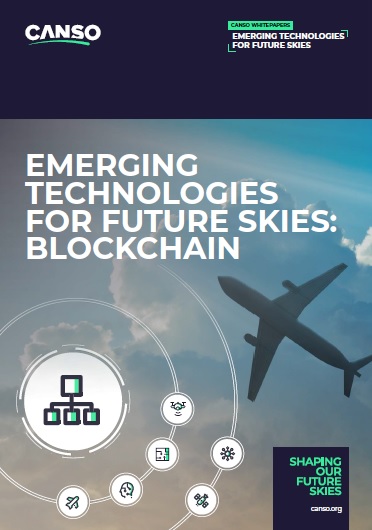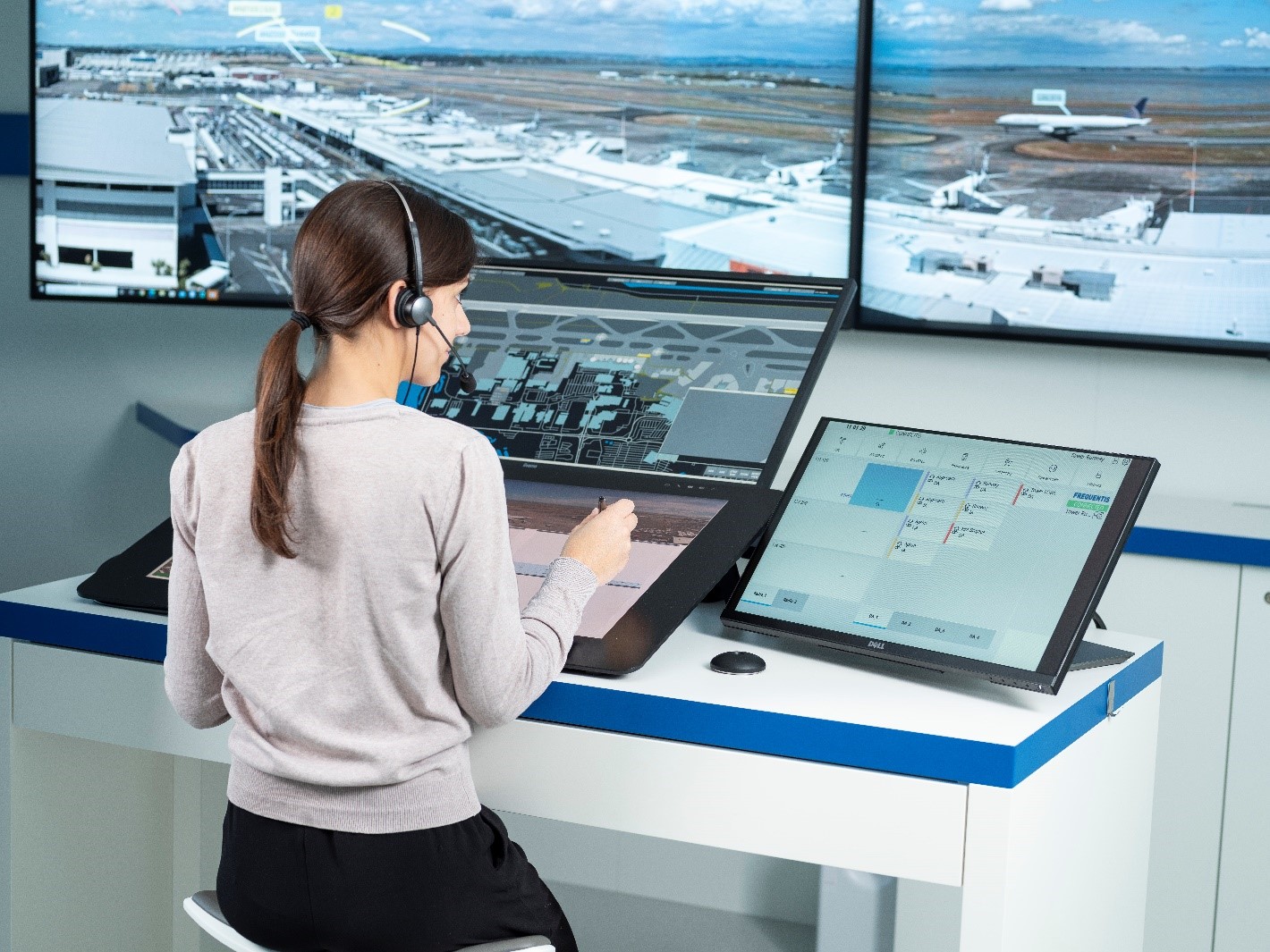Blockchain: it’s not just for cryptocurrency any more
When the CANSO Strategic Technology Work Group decided to examine emerging technologies in a series of whitepapers, including Blockchain in that list seemed logical. It is a technology with many potential uses, and yet little about it is well understood, beyond its well-known connection with cryptocurrencies like Bitcoin. This whitepaper, “Emerging technologies for future skies: Blockchain”, provides an opportunity to explore the technology at a fundamental level and investigate how blockchain’s established benefits could be applied to air traffic management use cases.
At its core, Blockchain is a distributed digital ledger that lives on the internet and records transactions and events. The technology relies on well-established cryptographic principles and operates as a repository for information, which is recorded and shared through a peer-to-peer community. Within the decentralised network, all participants, referred to as nodes, maintain their own copy of the ledger and validate new entries to the chain through the use of a consensus protocol. Because of this, the Blockchain protocol allows for groups to collectively agree on a permanent record of information, without the need of a central third-party authority.
Despite Blockchain being one of the most exciting technology trends over the last couple of years, it often failed to move past hype and struggled to present tangible use cases that offered more benefits than centralised models. However, while governments and industries are still trying to understand the value of Blockchain, the market now appears to be moving toward actual successful implementations. Stakeholders can be organised into public or private blockchains; with public blockchains offering open accessibility and transparency of transactions with anonymity of nodes, and private blockchains, including consortium Blockchains, can help enterprises collaborate with each other in an access-controlled environment.
The paper explores Blockchain-based applications in the aviation domain including identity management and privacy, fleet and supply chain management, airspace integration, and tokenisation of airspace commerce. Within aviation there are various checks and procedures that demand a consistent flow of information between typically siloed entities. These information flows and processes are often governed by rules, standards, and established procedures, which serve to ensure the safety, security, and timeliness of any service. It is not hard to see how Blockchain may enable these entities to efficiently congregate around a common set of governance protocols and eliminate the need for unnecessary intermediaries.
Airlines are already looking at Blockchain for management of credentials and logs (i.e. pilot hours) as well as frequent flyer points programs. Expanded applications within ATM seem inevitable. In ATM, it is clear that identity management and information sharing are key to future aviation operations. Blockchain could become centric to how information is distributed and could even be used to create an immutable and shared record of information for the purpose of air traffic management between ANSPs.
To learn more about Blockchain and current and future applications of the technology read CANSO’s latest whitepaper.





